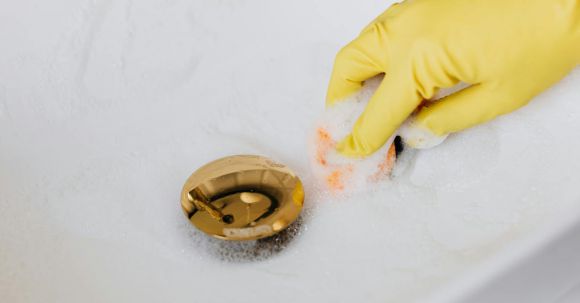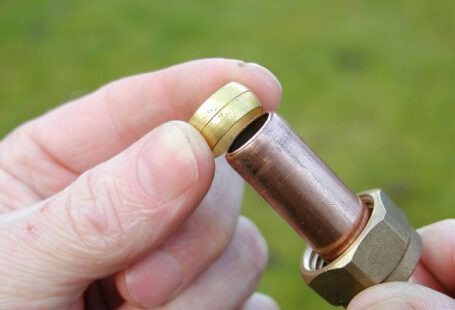Water heaters are an essential part of our daily lives, providing hot water for showers, laundry, and dishes. However, many people neglect the maintenance of their water heaters, which can lead to decreased performance and even costly repairs. One important aspect of water heater maintenance is draining the tank regularly. In this article, we will discuss how often you should drain your water heater and why it is crucial for its longevity and efficiency.
Understanding the Need to Drain
Over time, sediment and mineral deposits can accumulate at the bottom of your water heater tank. This build-up can reduce the efficiency of the heater, as it creates a barrier between the heating element and the water. Additionally, the sediment can clog the drain valve, making it difficult to empty the tank when necessary. By draining your water heater regularly, you can remove these deposits and ensure optimal performance.
Factors to Consider
The frequency of draining your water heater depends on several factors, including the hardness of your water, the size of the tank, and the overall usage. In areas with hard water, which contains high mineral content, sediment accumulation tends to occur more rapidly. Therefore, homeowners in such areas may need to drain their water heaters more frequently, perhaps once every six months. On the other hand, those with soft water may only need to drain their tanks once a year.
Signs That It’s Time to Drain
Apart from considering the factors mentioned above, there are a few signs that indicate it’s time to drain your water heater. If you notice a decrease in water pressure, the water takes longer to heat up, or you hear popping or rumbling noises coming from the tank, these are indications that sediment has built up and it’s time to take action. Regular inspection of your water heater can help you identify these signs early on and prevent any major issues.
How to Drain Your Water Heater
Draining your water heater is a relatively simple process that you can do yourself. However, it’s important to follow the manufacturer’s instructions to ensure safety and avoid any damage. Here’s a general guide on how to drain your water heater:
1. Turn off the power or gas supply to the heater.
2. Attach a hose to the drain valve located at the bottom of the tank.
3. Place the other end of the hose in a suitable drainage area, such as a floor drain or outside.
4. Open a hot water faucet in your house to allow air into the tank.
5. Open the drain valve and let the water flow out until it runs clear.
6. Close the drain valve and remove the hose.
7. Turn on the cold water supply to the tank to flush out any remaining sediment.
8. Finally, close the hot water faucet that was opened earlier.
The Importance of Regular Maintenance
Draining your water heater is just one aspect of regular maintenance that should be performed to ensure its longevity and efficiency. Checking the anode rod, inspecting the pressure relief valve, and flushing the tank are other important tasks that should be done periodically. Regular maintenance not only prolongs the lifespan of your water heater but also saves you money in the long run by preventing costly repairs or the need for a premature replacement.
In Conclusion
Draining your water heater is an essential maintenance task that should not be overlooked. The frequency of draining depends on various factors, including the hardness of your water and the size of the tank. By paying attention to signs of sediment accumulation and following the manufacturer’s instructions, you can easily perform this task yourself. Regular maintenance, including draining your water heater, will ensure optimal performance, extend its lifespan, and save you from unnecessary expenses down the line. So, don’t neglect your water heater – give it the care it deserves.



